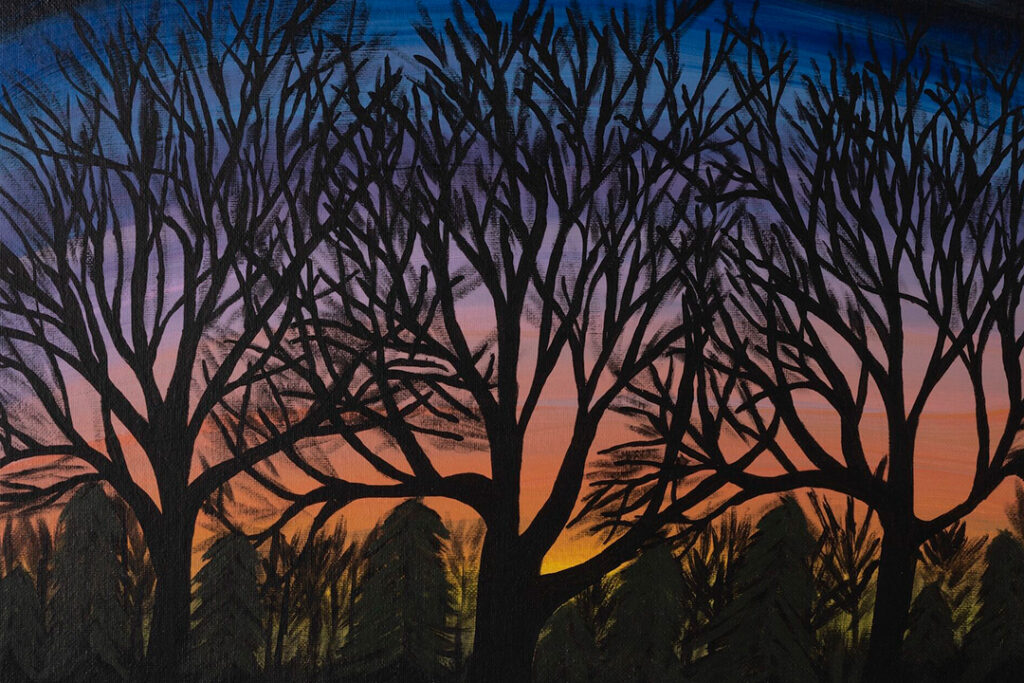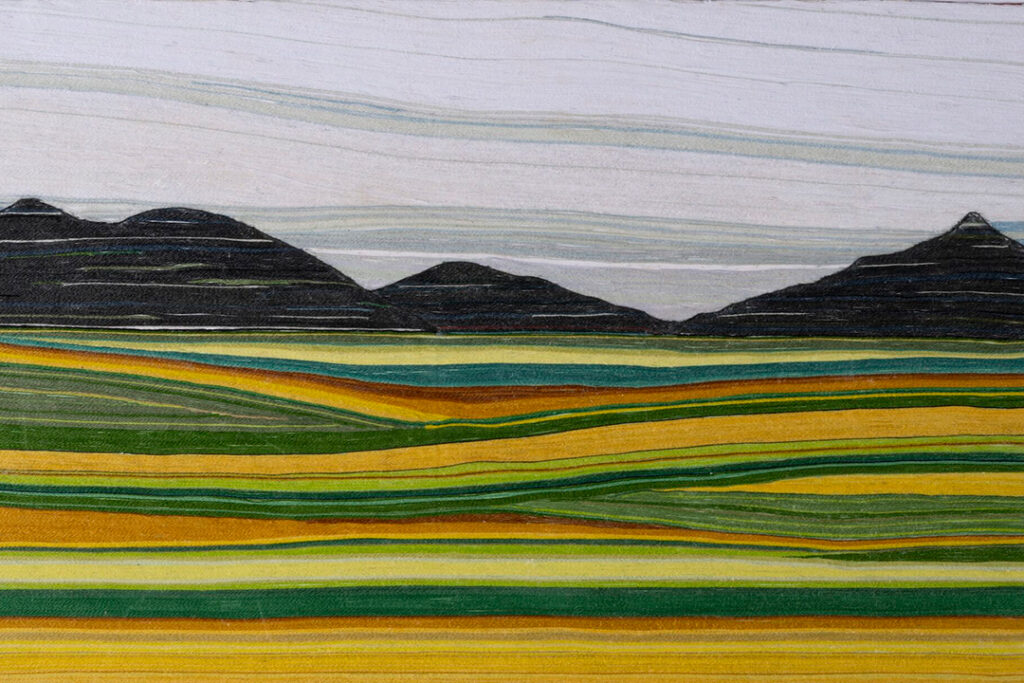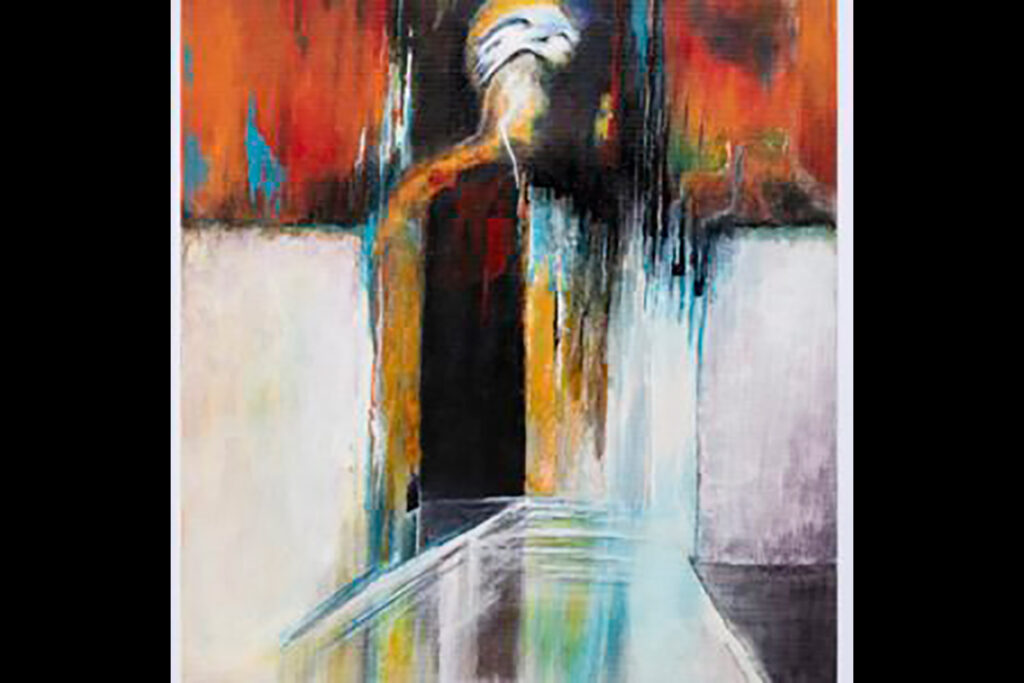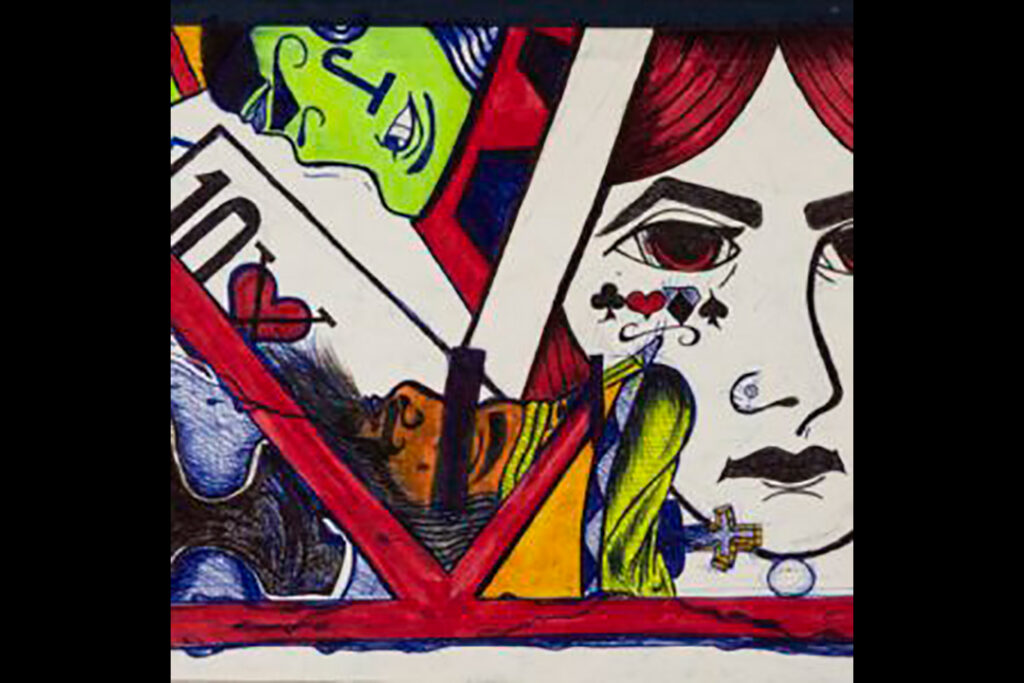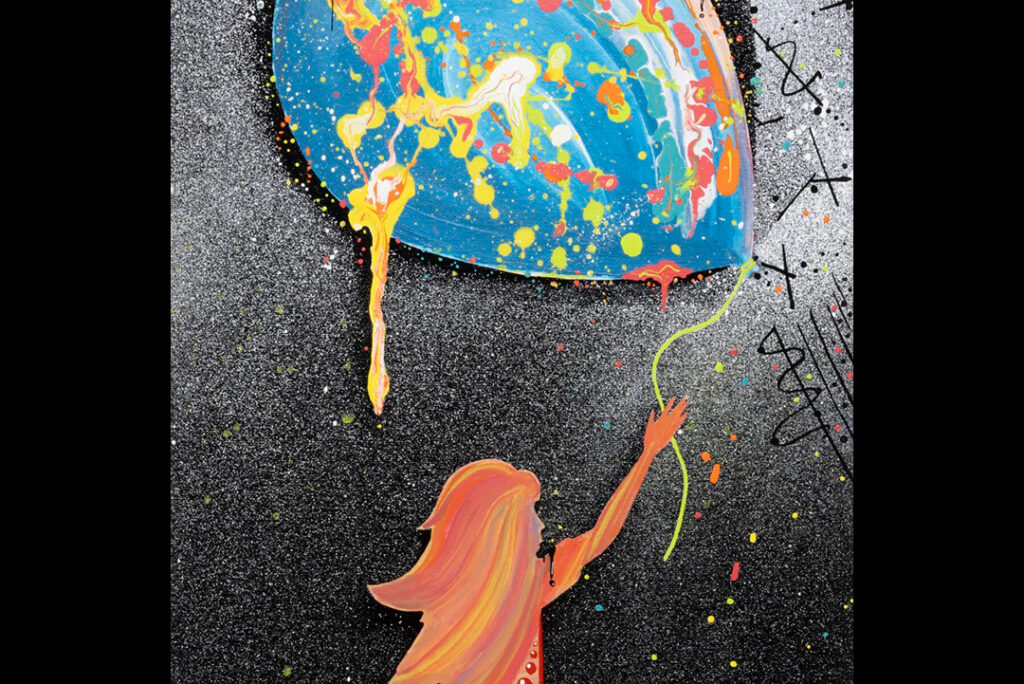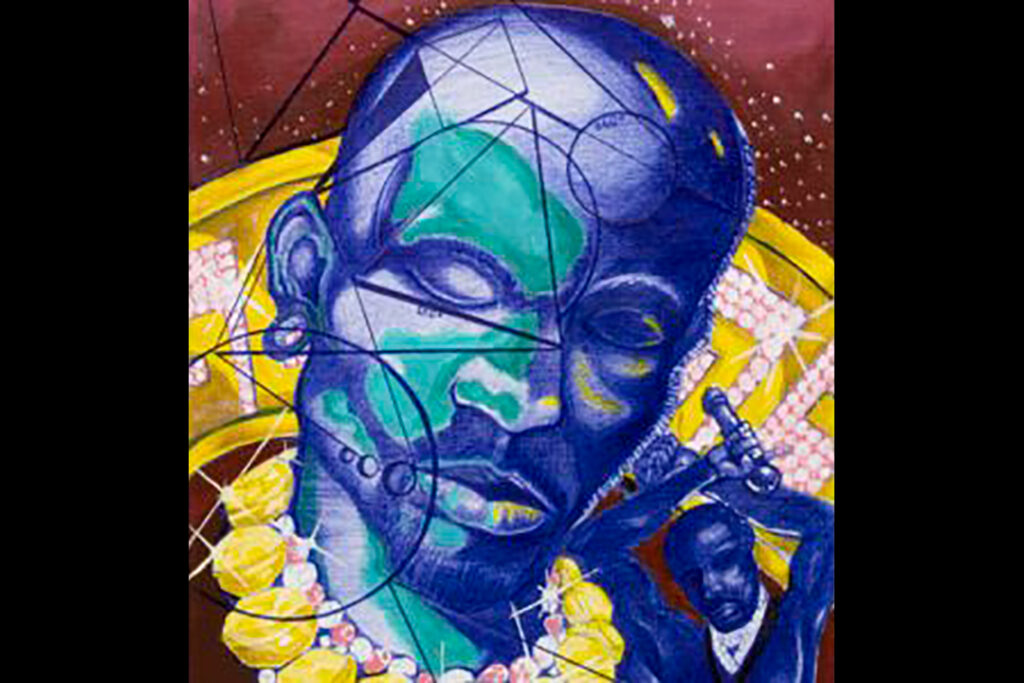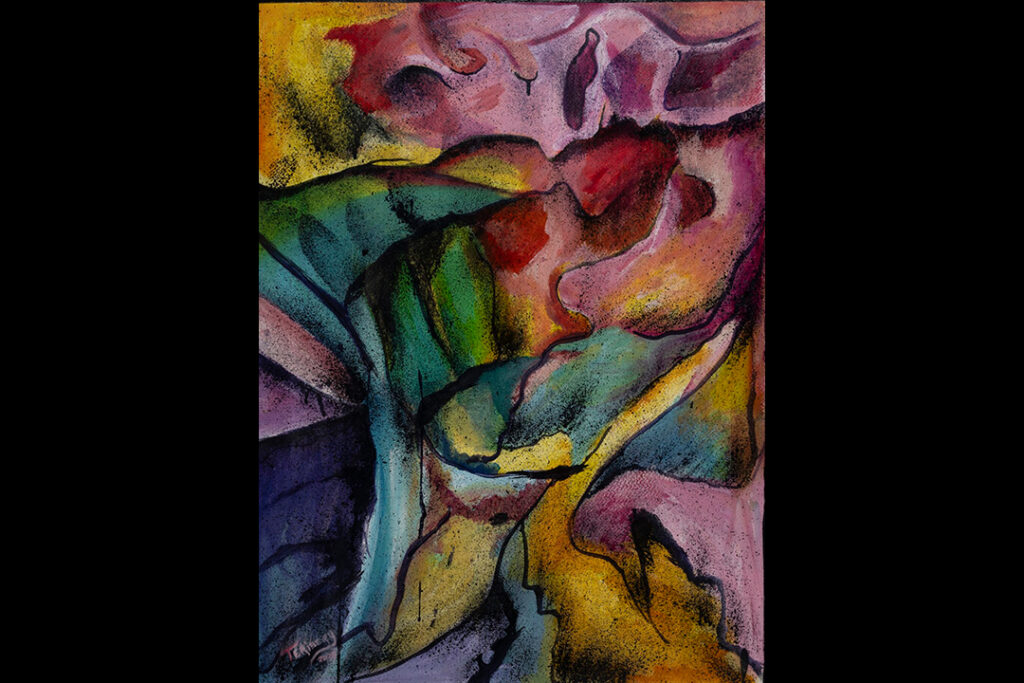Ono highlights impact of state support on student success, affordability, economic growth
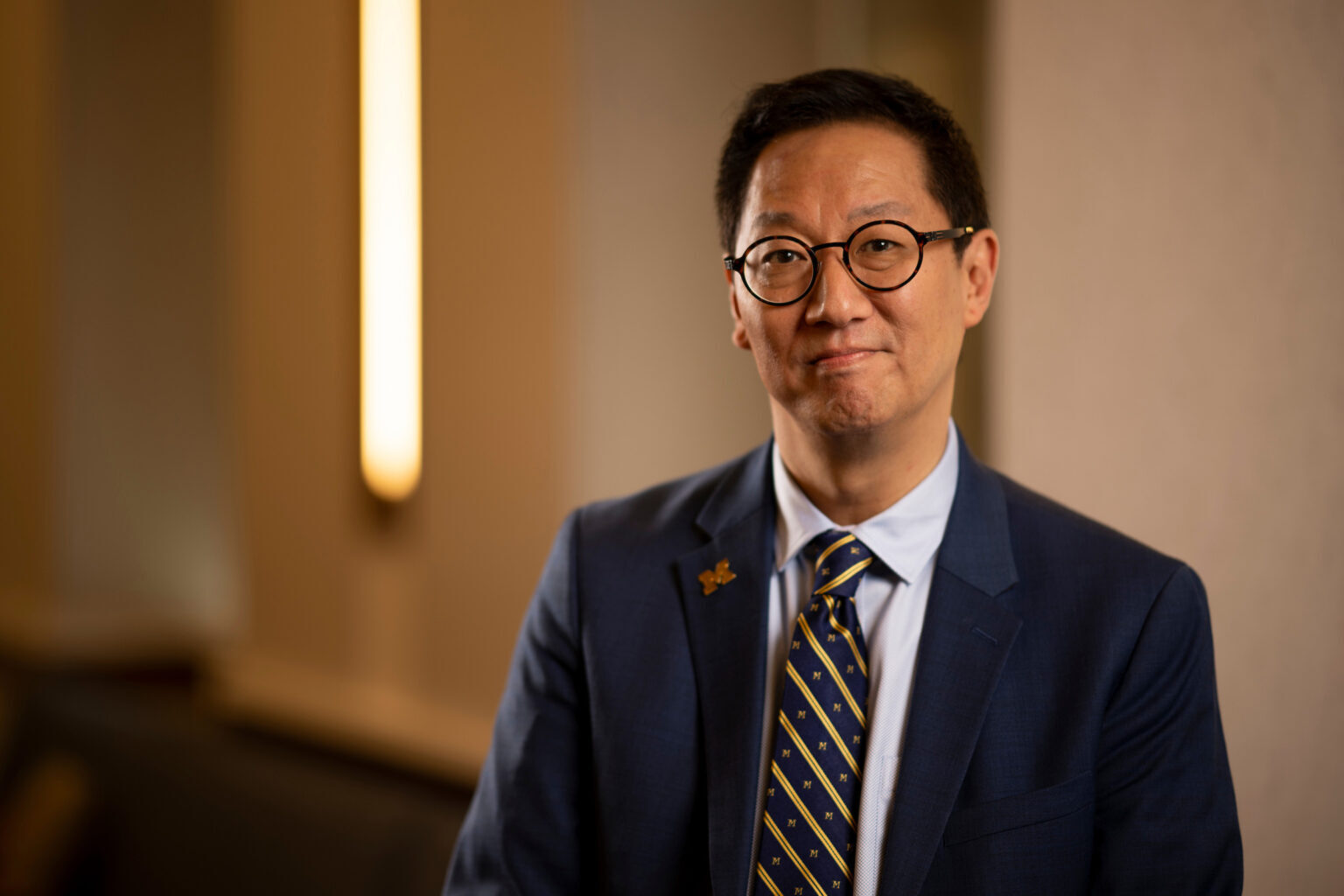
In testimony before the Michigan House Appropriations Subcommittee on Higher Education and Community Colleges in Lansing on April 30, President Santa J. Ono reinforced the vital role state funding plays in furthering the success of students, driving economic development, and maintaining affordable access to a world-class higher education experience for students across the state.
-
No women allowed
Originally conceived as a ‘clubhouse’ to centralize campus life, the Michigan Union opened its doors to students in 1907 – with one key caveat. For decades, women were barred from entering through the front door.
-
Courage, competence, character, and … cookies!
Managing the financial well-being of some 2,000 Girl Scout troops in 34 Georgia counties is a challenging gig, but the job has a tasty fringe benefit, says Alantria Dixon, MBA ’09. ‘I do get free cookies.’
-
New Michigan laws make storing firearms safely more important than ever
Starting next year, firearm owners whose weapons end up in the hands of a young person who shoots themselves or someone else could face prison time or major fines.
-
From dismissive to diehard: How U-M’s chief marshal learned to love commencement
He may have dismissed his own commencement ceremonies as meaningless, but professor Mika LaVaque-Manty came to revere the academic ritual soon after he volunteered as U-M’s chief marshal in 2008. He will pass the torch following Spring 2023 commencement.
-
Administrative law judge rules GEO strike violates contract
The Graduate Employees’ Organization committed an unfair labor practice by violating the no-strike clause in its current contract and walking off the job late last month, a state administrative law judge ruled April 17.
-
Reviving the lost work of a groundbreaking Black composer
Doctor of Musical Arts candidate Bryan Ijames followed his ear, his heart, and some scholarly detective work to resurrect a forgotten piece by composer Samuel Coleridge-Taylor.
Columns
-
President's Message
Reaffirming our focus on student access and opportunity
U-M seeks to ensure every student will rise, achieve, and fulfill their dreams. -
Editor's Blog
Peace out
It's a mad, mad, mad, mad world out there. -
Climate Blue
Keeping our focus on climate
As federal support for climate science wanes, Ricky Rood remains hopeful. -
Health Yourself
Are you an ‘ager’ or a ‘youther’?
Why do some people appear younger or older than people born in the same year?
Listen & Subscribe
-

MGo Blue podcasts
Explore the Michigan Athletics series "In the Trenches," "On the Block," and "Conqu'ring Heroes." -

Michigan Ross Podcasts
Check out the series "Business and Society," "Business Beyond Usual," "Working for the Weekend," and "Down to Business." -
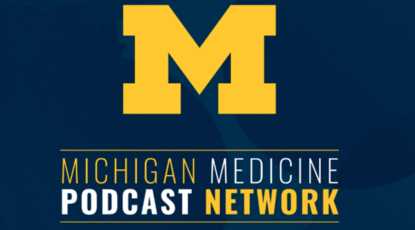
Michigan Medicine Podcasts
Hear audio series, news, and stories about the future of health care.
In the news
Creativity and connection across prison walls
One of the world’s largest and longest-running exhibitions of incarcerated artists is back with new programming designed to foster connection and deepen public understanding of incarceration in Michigan. The 29th annual Exhibition of Artists in Michigan Prisons, curated by U-M’s Prison Creative Arts Project, showcases 772 artworks by 538 artists incarcerated in 26 state prisons. The Duderstadt Center Gallery on U-M’s North Campus is presenting the artwork through April 1.











